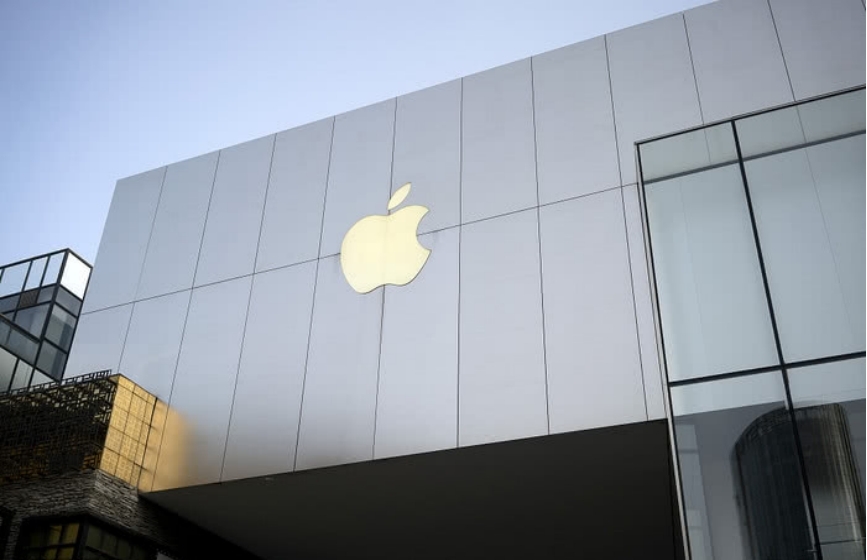
Recently, Helsing, a European AI defense startup, has been questioned for its technical vulnerabilities and tactical strategies. At the same time, Europe's largest defense technology giant has also been questioned by the public for its abnormally high prices and software failures in its drone systems. This controversy surrounding AI security and defense technology innovation reflects the increasingly sharp contradiction between technological breakthroughs and commercialization in the current military technology field.
Helsing focuses on an AI-based autonomous defense system, claiming that it can accurately identify and intercept threats such as drones and missiles. However, many security experts pointed out that its algorithm has significant defects in complex battlefield environments: for example, when fighting low-altitude and slow-speed drones, the system once misjudged civilian equipment as an attack target, triggering unnecessary defense measures; in the face of electronic interference scenarios, the response speed of the AI model dropped significantly, resulting in an extended defense window. What is more worrying is that the "passive perception + terminal interception" tactical system adopted by Helsing is accused of lacking active early warning capabilities. Some military analysts bluntly stated: "This strategy is like the 'Maginot Line' when dealing with saturation attacks, and it is difficult to form a three-dimensional defense network." At the same time, the European defense technology giant has caused dissatisfaction among purchasers because the unit price of the drone system exceeds 2 million euros. Critics pointed out that the high cost is due to the excessive pursuit of technology stacking by enterprises, which leads to redundant sensors and complex algorithms pushing up hardware costs, while the actual combat effectiveness is limited. More seriously, multinational forces reported that their drone cluster control software frequently experienced data synchronization delays, mission command loss and other failures, and there were even cases showing that the system caused the drone to lose control and crash due to algorithm errors. Although the company insists that the product "meets safety standards", the frequent accidents have caused deep concerns among purchasers about the reliability of the system. In the face of doubts, Helsing quickly issued a statement, emphasizing that its system has passed NATO certification and listed many "successful interception cases". The company's CEO publicly responded that the speed of technology iteration far exceeds that of traditional military enterprises, and the current problems stem from the inevitable stage of the "AI system learning curve". At the same time, Helsing announced the establishment of a joint laboratory with several European universities to accelerate algorithm optimization. However, industry observers pointed out that this "deploy while upgrading" model has huge risks in the defense field. Once the algorithm loopholes lead to misjudgment in actual combat, the consequences will be disastrous.
This controversy exposes the deep contradictions in the military application of AI technology: radical technological innovation is often accompanied by unknown risks, and the "zero error" requirement in the defense field is in natural conflict with the "probabilistic decision-making" nature of AI. At present, the EU has not yet established a unified regulatory standard for AI defense systems, resulting in a gray area in the company's technology verification process. At the same time, the market's fanatical pursuit of "AI empowering defense" has spawned start-ups such as Helsing, but their technological maturity is still behind that of giants, and this "technical generation gap" is becoming an industry hidden danger.
In the future, as the situation in regions such as the Russia-Ukraine conflict intensifies, the application of AI in the defense field will continue to heat up. How to find a balance between technological innovation and risk control is not only a proposition that companies such as Helsing must answer, but also a major challenge facing the entire defense science and technology industry. This controversy may push the EU to speed up the construction of a regulatory framework for AI defense systems, prompting companies to re-examine the pace of technological iteration and build a solid security bottom line while pursuing "intelligence."

Recently, according to 9To5Mac, the Apple Podcasts app was exposed to have the problem of automatically redirecting unsubscribed programs, and some of the redirected programs were suspected to contain malicious links.
Recently, according to 9To5Mac, the Apple Podcasts app was …
Recently, multiple Federal Reserve officials have publicly …
Ukrainian President Vladimir Zelensky met with French Presi…
In November 2025, South Korean e-commerce giant Coupang was…
On December 2, 2025, the international silver market witnes…
On November 30 local time, a report released by the Stockho…